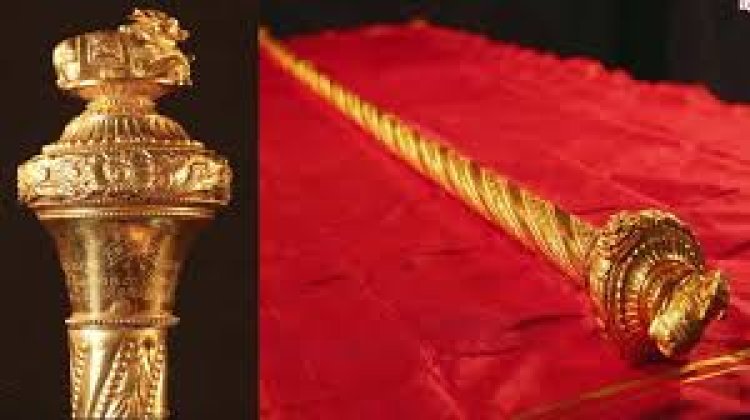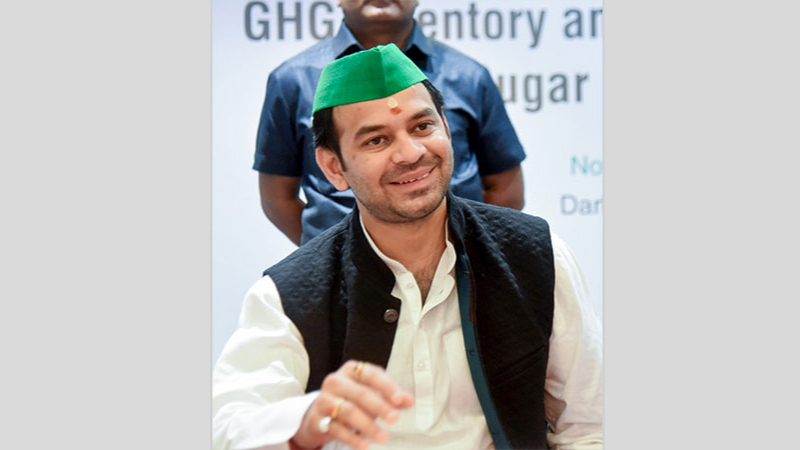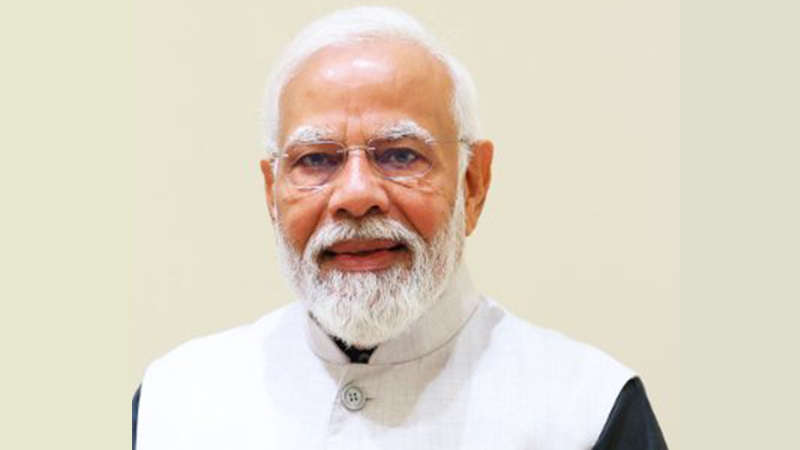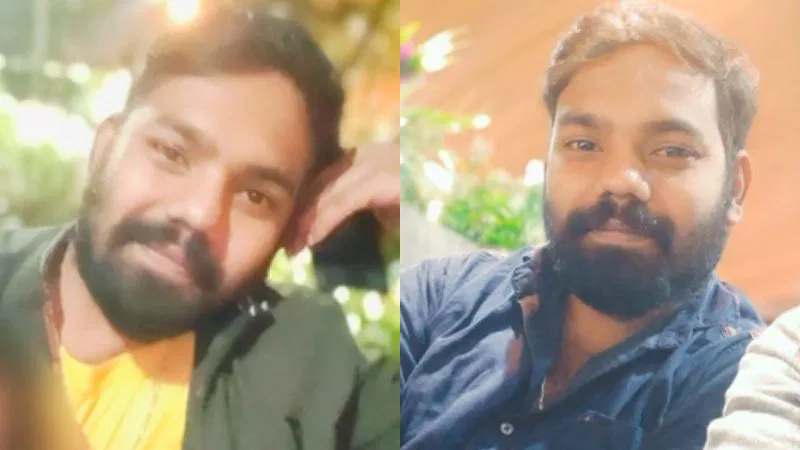"Sengol", a remarkable sceptre to be installed at the new parliament building by PM Modi
Sengol is a sceptre which carries huge historical significance in the history of independent India. This remarkable sceptre will be installed at the new parliament building by PM Narendra Modi. The inauguration of the new parliament will take place on May 28.

Sengol is a sceptre which carries huge historical significance in the history of independent India. This remarkable sceptre will be installed at the new parliament building by PM Narendra Modi. The inauguration of the new parliament will take place on May 28.
During a media interaction on May 24th, Union Home Minister Amit Shah disclosed an important aspect of the upcoming inauguration of the new parliament building. Prime Minister Narendra Modi will ceremoniously place a remarkable sceptre from Tamil Nadu beside the seat of the Lok Sabha Speaker.
Referred to as Sengol, the sceptre derives its name from the Tamil word "Semmai," which signifies "Righteousness." Its historical significance is underscored by an official document.
Amit Shah stressed the pivotal role played by the Sengol sceptre in symbolizing the transfer of power. He highlighted that Prime Minister Narendra Modi, after understanding its significance and conducting necessary verification, ensured that it would hold a prominent position in the new Parliament building. Shah also mentioned that the selection of the inauguration day for the new Parliament House was deliberately chosen to proudly present this momentous artifact to the nation.
Why was the Sengol given to Nehru?
“Pandit Jawahar Lal Nehru accepted Sengol at around 10:45 pm of August 14, 1947, through the Adhinam of Tamil Nadu, it was a sign of shift of power from Britishers to the people of our country,” he said.
The Sengol was bestowed upon Nehru for a specific purpose. It was given to him as a symbolic representation of the transfer of power from British rule to the Indian people during the time of Independence. Lord Mountbatten, the last Viceroy of India, inquired with Nehru about the appropriate ceremony to signify this significant transfer of power. Nehru, seeking guidance, consulted C.Rajagopalachari (Rajaji), the last Governor-General of India. Rajaji, recalling a ceremonial tradition during the Chola dynasty, suggested the inclusion of a sceptre in the ceremony. Thus, the Sengol sceptre was given to Nehru to serve as a powerful symbol of this historical transition and the newfound sovereignty of the Indian nation.
How was the Sengol made?
The handover of the Sengol sceptre to Nehru was an intriguing process. As per the information available, Nehru sought the guidance of C. Rajagopalachari (Rajaji), the last Governor-General of India, on the ceremony that would symbolize the transfer of power from British rule to Indian hands. Rajaji, in turn, shared details of a ceremonial tradition practiced during the Chola dynasty, where the transfer of power was sanctified and blessed by high priests.
Once Nehru agreed to incorporate this ceremony, Rajaji took the responsibility of procuring the sceptre. He approached Thiruvaduthurai Atheenam, a prominent mutt in Tamil Nadu's Tanjore district, for assistance. The leader of Thiruvaduthurai Atheenam then commissioned the renowned jewellers "Vummidi Bangaru Chetty" in Chennai to manufacture the Sengol sceptre. Thus, through Rajaji's efforts and the collaboration of esteemed craftsmen, the Sengol sceptre was eventually handed over to Nehru for the significant ceremony.
As per the official document, three people, including “the Deputy high priest of the Adheenam, the Nadaswaram player Rajarathinam Pillai and the Oduvar (singer)”, brought in the newly-made Sengol from Tamil Nadu. During the ceremony, which took place on August 14, 1947, a priest gave the sceptre to Lord Mountbatten and then took it back. It was then “taken in procession to Pt Jawaharlal Nehru’s house, where it was handed over to him. A special song was rendered, as specified by the high priest.,” the document said.
During the ceremony, a significant song was performed, composed by Tirugnana Sambandar, a renowned Tamil saint from the 7th century. Despite his brief lifespan of only 16 years, Sambandar was a prodigious child with remarkable musical talents. The event garnered notable attendees, including Dr. Rajendra Prasad, who later became India's first President, along with several other distinguished individuals.
What is the historical significance of "Sengol"?
The historical significance of the Sengol sceptre lies in its representation of the transfer of power from British rule to the people of India during the time of Independence. The sceptre, derived from the Tamil word "Semmai" meaning "Righteousness," carries the symbolism of justice and righteousness. It is associated with a ceremonial tradition observed during the Chola dynasty, where the transfer of power between kings was sanctified and blessed by high priests.
The Sengol sceptre was introduced as a ceremonial item during the inauguration of the new parliament building. Its presence serves as a reminder of India's journey towards independence and the momentous shift from colonial rule to self-governance. By placing the sceptre beside the Lok Sabha Speaker's seat, it serves as a symbol of the Indian people's sovereignty and the historical importance of the transfer of power from the British to the Indians.









































